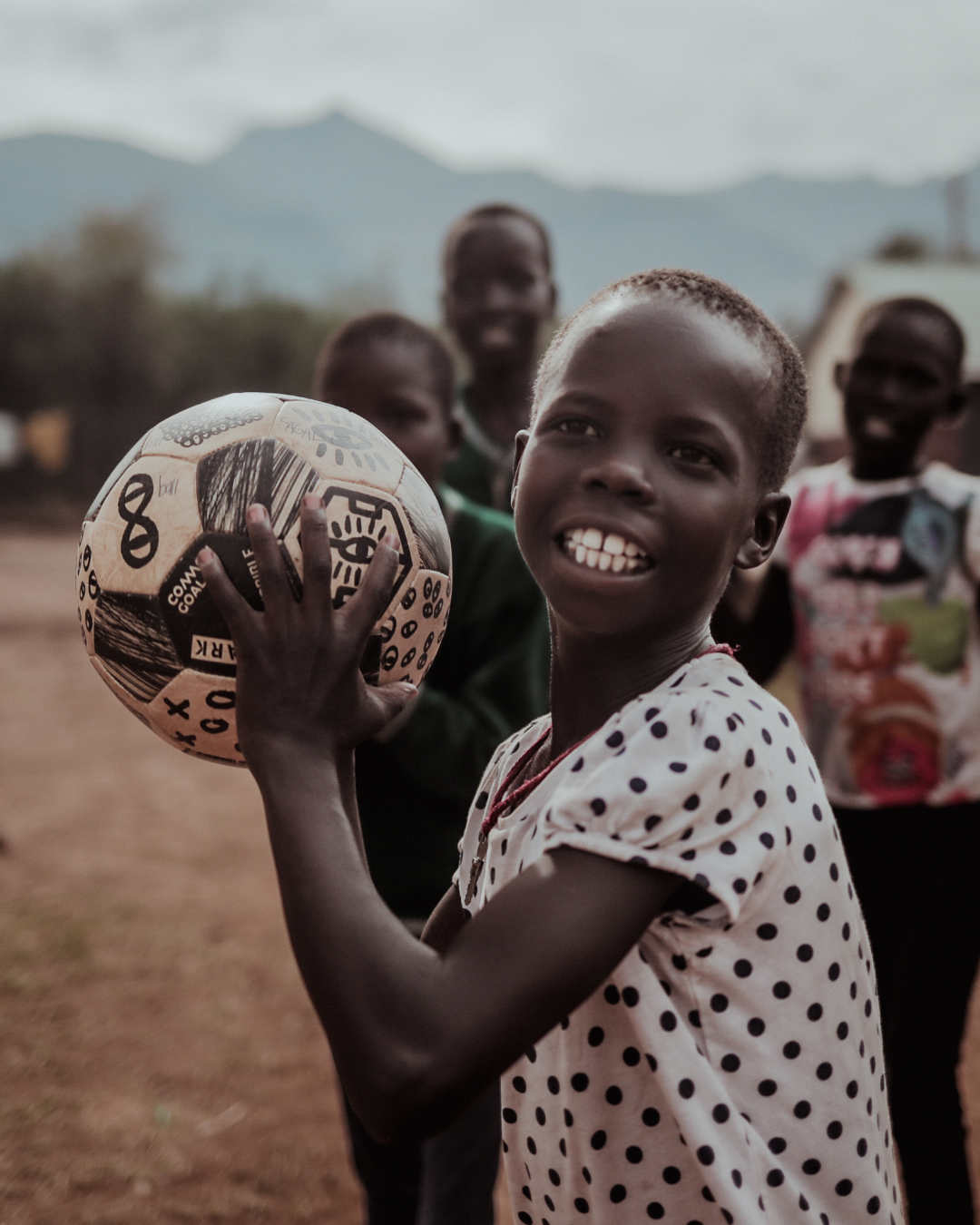In anticipation of the United Nation's Climate Change Conference in Glasgow, this is football for the planet.
Right now, 1% of the world is a barely liveable hot zone. By 2070, that number could go up to 19%.
I will never forget wading through the Tonlé Sap in Cambodia, the largest freshwater lake in Southeast Asia. The lake's mere expanse is impressive enough, but the local village suspended on stilts is a sight to behold in its own right. Indeed, the longer I spent there, the more I came to appreciate the loving relationship the people had with water.
During monsoon season, usually between May and November, rains cover the country bringing with it “80% of their annual precipitation.” When the Tonlé Sap inevitably fills with water, rich nutrients begin to flow, necessitating the healthy growth of local flora and fauna. In turn, Cambodian farmers and fishermen rely on this natural rhythm to till the land and catch what they need.
The lake was central to Cambodian life.
However, this natural rhythm is becoming increasingly less reliable. According to the United Nations Development Programme, climate change is affecting Cambodia in dramatic ways. There are rising temperatures and the delaying of monsoon season to contend with. Floods and droughts are also increasing in both their frequency and intensity.
“The impact on already vulnerable rural households can be ruinous, destroying or reducing the yield of crops and household income, tipping some into unmanageable debt and poverty.”
Sadly, this is a pattern that is becoming more and more prevalent across the globe.
In July this year, the Pakistani city of Jacobabad, recorded temperatures over 52 degrees. Moriah Prescia, writer at Climate Refugees, cited expert warnings outlining how persistent high temperatures “for more than a few hours...could result in organ failure or even death.” Pulling back, the impacts of climate change on Southeast Asia have caused more than eight million people to move “toward the Middle East, Europe and North America.”
Across the Sahel region in Africa, Solidarités International highlighted that temperatures are rising “1.5 times faster than in the rest of the world...Under the combined effect of drought and floods, land is deteriorating and losing its fertility. Insufficient rain-fed irrigation means that crops fail or are destroyed, while livestock struggle to find water for drinking and sufficient pasture.”
Two out of three people in the Sahel region depend on agriculture and livestock as their livelihoods.
Climate refugees are also beginning to sprawl across the Americas too. The New York Timesv outline that climate migration will increase every single year as the climate changes. As it stands, 5% of migrants are “driven primarily by climate.”
“If governments take modest action to reduce climate emissions, about 680,000 climate migrants might move from Central America and Mexico to the United States between now and 2050.”
“In the most extreme climate scenarios, more than 30 million migrants would head toward the U.S. border over the course of the next 30 years.”
All up, natural disasters have caused more than “23 million people a year to relocate over the past decade,” according to the World Meteorological Organization’s State of the Global Climate Report.
The numbers don’t make for easy reading. But the relationship, undeniable.
People and the planet are inextricably linked.
I cast my mind back to the people I met at the Tonlé Sap. A fisherman told me that just having enough for the next day was all that mattered. His optimism has stuck with me ever since.
But sadly, as our climate becomes more unpredictable so does his ability to live within his means.
Solving this crisis, and mitigating the human costs that come with it are challenging in and of itself. It will require coordinated action, legal transformation and in some instances, a little bit of goodwill. But it can, and I believe, it will be done.
Yes, the numbers and the reality they paint can be disheartening.
But, you have more power to affect change than you realise.
Your voice.
Your votes.
Your choices.
It all adds up to a better and brighter future.
Football can change the world.









Leave a comment
This site is protected by reCAPTCHA and the Google Privacy Policy and Terms of Service apply.